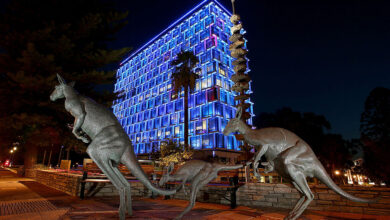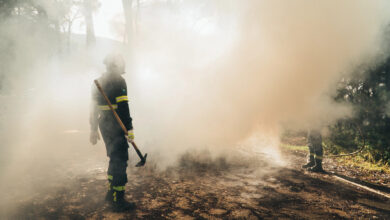Communities eagerly participate in restoration efforts only if they see value in them. Photo Credit: Courtesy of IER, Mali.
Environment AfricaFrom Massive Desert, to a “Great Green Wall”
Stopping desertification is no easy task, but the pockets of forest that bloom along the Sahara and the Sahel as part of the Great Green Wall prove that it can be done, notably with the implementation of a holistic and participatory approach and the implication of local communities.
“The Great Green Wall Initiative is a flagship program,” explains Amadou Diallo, who’s in charge of the African Union Development Agency’s New Partnership for Africa’s Development, which coordinates the implementation of the Great Green Wall Initiative. “It aims to contribute to the eradication of poverty, to ensure growth and sustainable development through […] participatory and integrated management of natural resources and the environment in the Sahara-Sahel region.”
Implanted in 2007, the Great Green Wall stretches over 8,000 kilometers – from Dakar in the west to Djibouti in the east – and was first thought of as a wall of trees. Over time, the concept became more flexible with the addition of a socioeconomic angle to benefit local communities. Forest land, farmland, and grassland became a mosaic that covers more than 780 million hectares to prevent aridification, combat climate change, and support local livelihoods through agriculture, beekeeping, agroforestry, and animal rearing. So far, 18 million hectares of degraded land – 18% of the goal – have been restored. The sequestration of 250 metric tons of carbon and the creation of 10 million jobs by 2030 are also part of the official goal. To help the project move forward, French President Emmanuel Macron pledged $14.3 billion in new funding for 2021-2025, with $2.5 billion disbursed to date.





